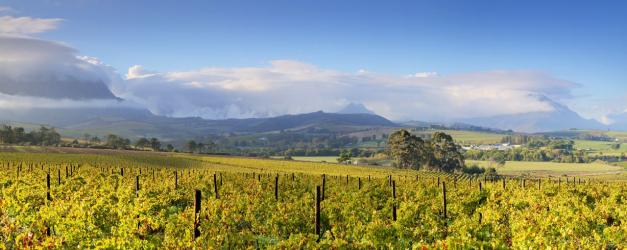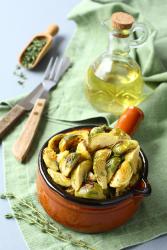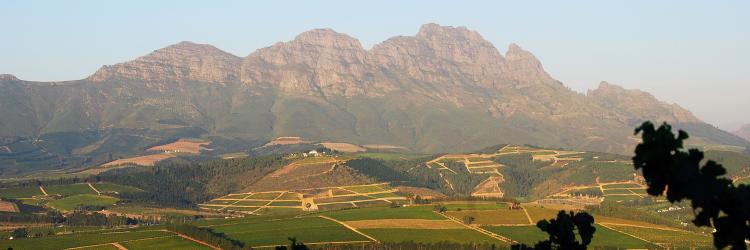Every November, it’s the same question. What to serve with the traditional Thanksgiving feast? When you have such dispirit flavors as lemon-dilled Brussels sprouts, green peas a la Francaise and apricot-glazed sweet potatoes, not to mention a turkey that could be roasted, braised, baked or grilled, your wine choices can be just as varied.
American-produced Zinfandels from California and Pinot Noirs from all over the West Coast are the usual red choices. And, most holiday tables look towards the stalwart Chardonnay grape (with oak, or not) to handle the white wine duties. But one country has a surprising number of wines that are the perfect pairing for most of the dishes that grace the holiday table.
South Africa, particularly in the south and eastern parts of the country, have been producing wine for centuries all the way back to the mid 1600s when the Dutch first colonized the country. In the 1950s and 60s, regions such as Stellenbosch (just outside Cape Town), Franschook and Paarl became the areas best known for the finest grape cultivation and wine production.
The grapes that flourished and are today considered the country’s signature white and red varietals are Chenin Blanc (famous from France’s Loire Valley) and a unique viticultural cross called Pinotage created in Stellenbosch in the 1920s as a cross between Pinot Noir and Cinsault known, at that time, as Hermitage, which accounts for the grape’s name. It is grown only in South Africa and has become the backbone of the red-wine industry there, coming to market as a varietal, in blends and even as a sparkling wine.
Both the above wines work with nearly every food on our Thanksgiving tables. South African Chenin Blancs, such as those made by the Malan family (wine pioneers in the Stellenbosch region whose French Huguenot ancestors go back nearly as far as the Dutch), have tropical fruit-forward aromas and flavors, as well as acacia flower, giving this dry wine a hint of sweetness. The aforementioned peas, any seafood dishes and almost any preparation of sweet potatoes will find a ready partner in Simonsig Chenin Blanc. Simonsig is the name of the Malan family’s wines, as the vineyards and winery sit near the foothills of the Simonsberg Mountains.
Like its parent Pinot Noir, Pinotage has light fruit characteristics and enough tannic structure, whether it spends time in oak or not, to complement the unique taste of turkey meat, especially if the turkey is brined in, or rubbed with, herbs and spices. The best Pinotages, like Simonsig’s, have a wonderful earthiness and smokiness that comes from the terroir of the region. This characteristic opens up the wine to any dish that is rich or aromatic, which is certainly the case with much of what is found on the table at Thanksgiving.
This year marks the 20th anniversary of the beginning of democratic rule in South Africa and the end of world-wide trade sanctions that made it impossible for South African wines to be sold in the United States and many other countries. Great strides in the wines (not only Chenin Blanc and Pinotage, but also world-class Sauvignon Blancs, Cabernet Sauvignons and Syrahs) and their distribution worldwide, many at value prices between $10 and $20, certainly prompt me to give thanks when I’m sipping these food-friendly gems, during the holidays and all year round.









